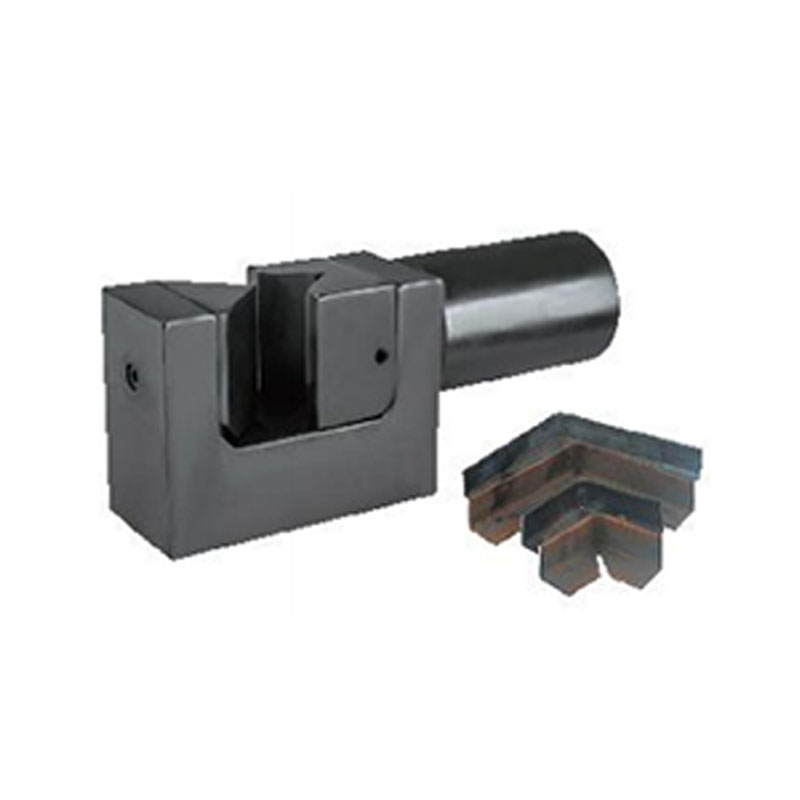How to Use a Handheld Rebar Bender for Small-Scale Construction Projects?
 2024.06.19
2024.06.19
 Industry News
Industry News
In the intricate world of construction, the use of rebar is ubiquitous, providing essential structural support to concrete structures. For small-scale projects, the need for a portable and efficient rebar bending solution is paramount. Handheld rebar benders have risen to prominence as the go-to tool for contractors and builders looking to streamline their rebar bending processes.
Rebar bending is a critical process in construction, ensuring that steel reinforcement bars, or rebars, are shaped to fit the specific contours of a structure. Handheld rebar benders have revolutionized the way rebar is manipulated on-site, offering a level of convenience and precision that was previously unattainable. These tools are lightweight, easy to maneuver, and can be used in tight spaces, making them ideal for small-scale construction projects.
Before diving into the usage of a handheld rebar bender, it's essential to select the appropriate tool for the job. Consider the following factors when choosing between a manual rebar bender, a portable rebar bender, and other options:
1. Size of the Project: Small-scale projects may not require the heavy-duty capabilities of industrial benders but should still offer enough strength to handle standard rebar sizes.
2. Portability: A portable rebar bender should be easy to transport and maneuver within the construction site.
3. Ease of Use: A manual rebar bender should be user-friendly, with clear instructions and ergonomic design for operator comfort.
4. Durability: The handheld rebar bender should be made of high-quality materials to withstand the rigors of construction work.
5. Price: While cost should not be the only determining factor, it's essential to find a balance between quality and affordability.
Before using any handheld rebar bender, manual rebar bender, or portable rebar bender, it's crucial to adhere to safety guidelines:
1. Wear Appropriate Protective Gear: This includes safety glasses, gloves, and steel-toed boots.
2. Inspect the Tool: Ensure that the bender is in good working condition before use.
3. Secure the Rebar: Make sure the rebar is held firmly in place to prevent it from slipping during the bending process.
4. Use the Correct Technique: Follow the manufacturer's instructions for bending rebar to avoid injury or tool damage.
Step-by-Step Guide to Using a Handheld Rebar Bender
1. Prepare the Rebar: Measure and cut the rebar to the required length.
2. Position the Rebar: Place the rebar in the bending area of the handheld rebar bender, ensuring it is aligned correctly.
3. Adjust the Bending Die: Depending on the desired bend angle, adjust the die of the manual rebar bender to the appropriate position.
4. Apply Pressure: Gradually apply force to the bender's handle, bending the rebar slowly and steadily.
5. Check the Bend: After bending, inspect the rebar to ensure the bend meets the project's specifications.
6. Repeat as Necessary: Continue the process for all rebar pieces required for the project.
Maintenance of Handheld Rebar Benders
Proper maintenance of your handheld rebar bender, manual rebar bender, or portable rebar bender is essential for prolonging its lifespan and ensuring consistent performance:
1. Clean After Each Use: Remove any dirt or metal shavings from the tool after use.
2. Lubricate Moving Parts: Apply lubricant to the moving parts of the bender to reduce friction and wear.
3. Store Properly: Keep the bender in a dry, protected area when not in use.
4. Regular Inspections: Periodically inspect the bender for any signs of damage or wear.
Handheld rebar benders have become indispensable tools for small-scale construction projects, offering a blend of portability, power, and precision. By understanding the importance of selecting the right tool, adhering to safety precautions, and following practices for use and maintenance, contractors and builders can improve the efficiency and effectiveness of their rebar bending operations.



 Español
Español русский
русский










